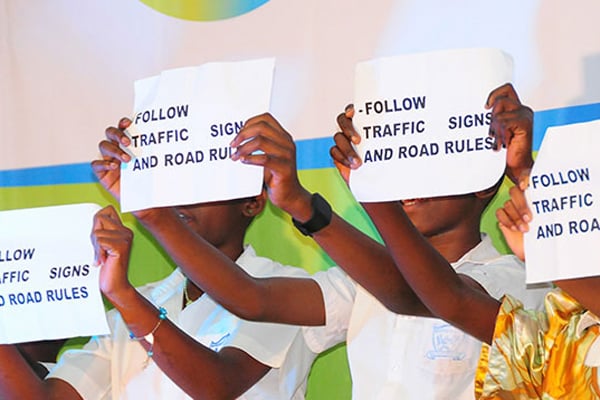Prime
Alcohol abuse: The road safety perspective

Jemima Nalumansi
What you need to know:
- Impaired driving continues to be a grave road safety and public health concern.
The other day, someone (@samwyri) posted on X (former Twitter): “We must admit that our efforts to finish alcohol have been unsuccessful. Instead, it is finishing us. Too many people are wasting away due to alcoholism…” The truth in this also got me thinking about how alcohol abuse is steadily increasing the country’s road carnage.
According to the Uganda Police Force, many road crashes in the country are attributed to drunk-driving and unfortunately, some of these are serious and/or fatal. Impaired driving continues to be a grave road safety and public health concern despite decades of awareness campaigns, stricter laws, and increased enforcement. Below we shed light on the dangers and consequences of drunk driving.
Alcohol first affects a driver’s physiological characteristics and then their external performances; the decline in drivers’ bodily functions is the major reason for the impairment of driving ability.
Alcohol’s sedating effects impair a driver’s decision-making skills, attention and coordination. An impaired driver lacks the ability to quickly and decisively avoid an accident or even perform routine driving manoeuvres. Drunk drivers endanger themselves and everyone on the road.
Accidents may lead to paralysis, disfigurement, brain damage, and death.
Social attitudes toward alcohol consumption, cultures that normalise heavy drinking or do not stigmatise alcohol-impaired driving, tend to have higher rates of such incidents.
The prescribed breath alcohol level beyond which a person is not allowed to drive a motor vehicle is 25 milligrammes (mg) in 100 millilitres of breath. (Breath Alcohol Concentration (BrAC) = 0.25). For Public Service Vehicles, ambulances and cargo vehicles, the limits are 20mg of alcohol in 100ml of blood and 10mg of alcohol in 100ml of breath.
If someone has a BrAC at or above the prescribed limits, they are legally considered impaired but critical thinking and driving skills begin to drop as early as the first sip of alcohol.
Laws related to alcohol use while driving must be firmly enforced to effectively reduce alcohol-attributable accidents. The enforcement team, i.e. police, need to be empowered with appropriate training and funding to enforce legislation.
The penalty for driving under the influence of alcohol, i.e. above the prescribed limit, on conviction, is a fine not exceeding 300 currency points [1 currency point = Shs20,000] or imprisonment not exceeding three years or both.
Solutions
For road users/public:
i. If in a group of friends/colleagues, it is advisable to choose a non-drinking designated driver — every time alcohol is consumed.
ii. Drivers who have been consuming alcohol should be encouraged to call a taxi or car-sharing service or a friend for a ride.
iii. Never get into a car with a driver who has been drinking alcohol or allow them to drive.
iv. Stores selling alcohol, bars or restaurants should make it a tradition to protect their revellers by calling for designated drivers or car-sharing services.
For enforcement:
i. Strengthen enforcement of anti-drunk driving laws
ii. Increase regular road checkpoints
iii. Ignition interlocks – especially for commercial, public transport fleet. These can be installed in vehicles to measure alcohol on drivers’ breath. Interlocks keep vehicles from starting if drivers have a BrAC above a certain level.
iv. Alcohol problem assessment and treatment programmes - These can be used for those arrested for alcohol-impaired driving.
By working together to raise awareness and promote responsible choices, we can make our roads safer for everyone and reduce the devastating impact of alcohol-impaired driving.
Ms Jemima Nalumansi, Blomberg Road Safety Initiative, KCCA
jemijo.wordpress.com




